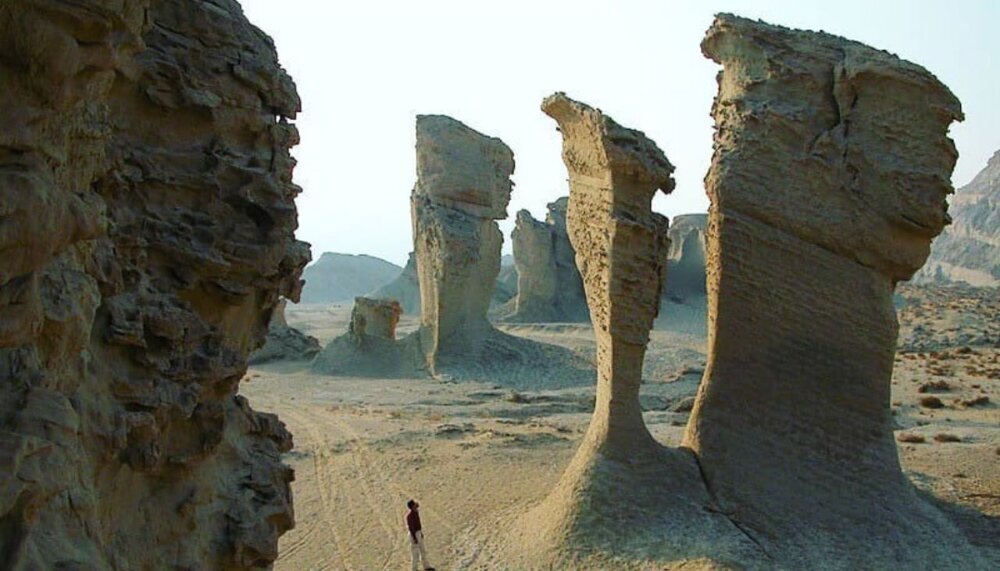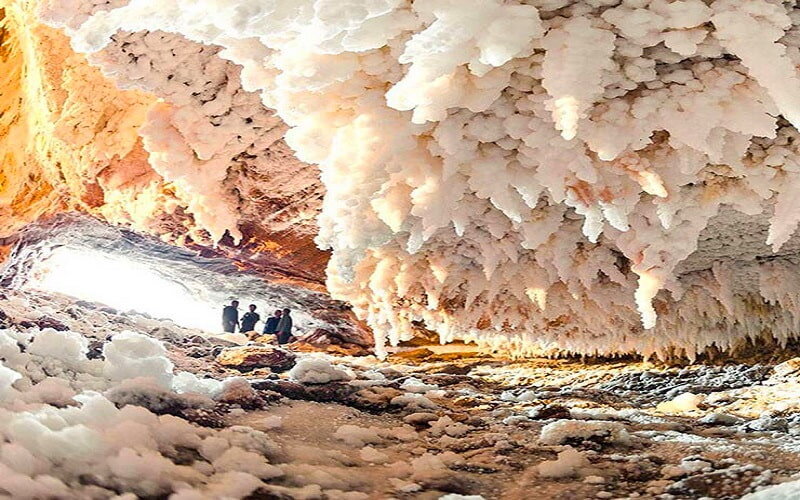Wind-eroded ridge, salt cave from Iran join IUGS list

TEHRAN—The International Union of Geological Sciences (IUGS) has added two Iranian spots to its list of the top 100 geological sites.
The new entries are a wind-eroded ridge and a salt cave, which are respectively situated in central and southern Iran, Mehr reported on Sunday.
Lut Desert’s Kalut of Yardang and Qeshm Island’s Namakdan Salt Cave have been inscribed on the list titled “First 100 IUGS Geological Heritage Sites, the report said.
The inclusion of two Iranian sites is important because it draws the attention of the world to Iran’s geosites, the news agency quoted an expert as saying.
IUGS experts assessed more than 180 sites from 56 countries for possible inclusion in the list, the report said.
A Kalut is the child of wind erosion in the sand and dust. The UNESCO-designated Lut Desert is one of the best sites to see this astounding structure. At first glance, one may assume these Kaluts are handmade structures, as they are artistically built.
The scorching desert is also considered one of the top areas in the world for finding meteorites, thanks to its unique parameters. In recent years, significant finds have been made, with the efforts of national and international teams of researchers.
Measuring about 6400 meters long, Namakdan is the longest salt cave in the world. It is one of several salt caves in the salt cone-shaped Namakdan mountain. Various minerals and salt deposits have given the cave's mouth a colorful appearance.

Upon entering the cave and getting further into it, one may be attracted by crystalline salt covering the floor. A beautiful white view is created by the stalactites in the cave along with this beautiful flooring. Crystals of pink, purple, blue, and crimson red can also be seen.
Another feature of the cave is the saltwater streams that flow from the bottom. Namakdan Mountain has an underground water flow that runs continuously. This flow opens out of the cave from the heart of the mountain. Saltwater gathers in a natural white pool beneath the mountain that resembles a spring.
There are times when the saltwater in the cave reflects the images and creates a stunning and unique view. The main bed of the spring has a red color and is covered with sediments of red mud.
This cave has a beautiful structure with crystal stalactites that appear to have different shapes on the roof. Seawater drips on the stalactites’ bodies due to the humidity of the air on the island and the infiltration of water in the cave. Because of this, these stalactites are always in the process of forming.
The International Union of Geological Sciences, founded in 1961, with 121 national members, representing over a million geoscientists, is one of the World’s largest scientific organizations. It encourages international cooperation and participation in the Earth sciences concerning human welfare and is a member of the International Science Council (ISC).
AM
Leave a Comment